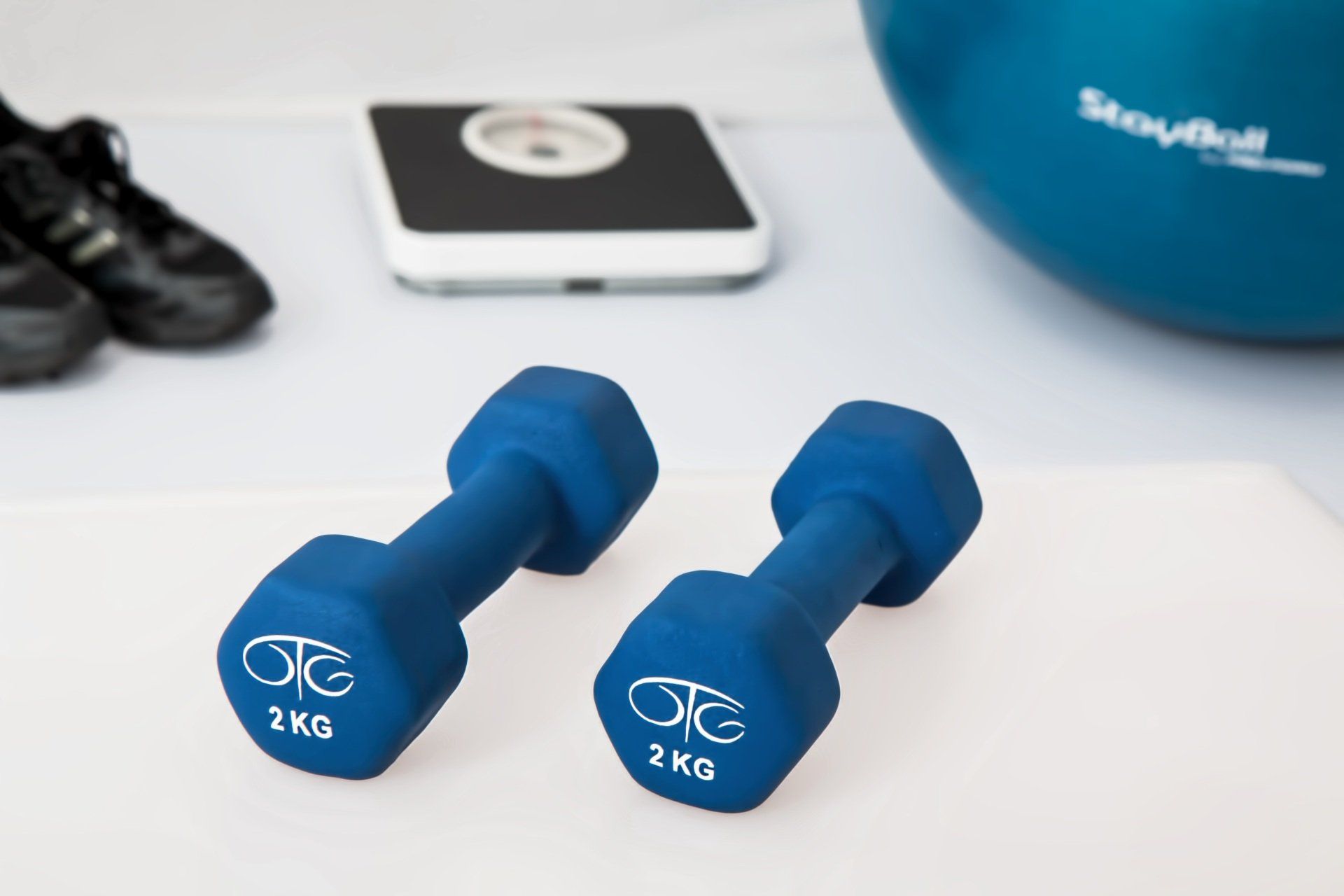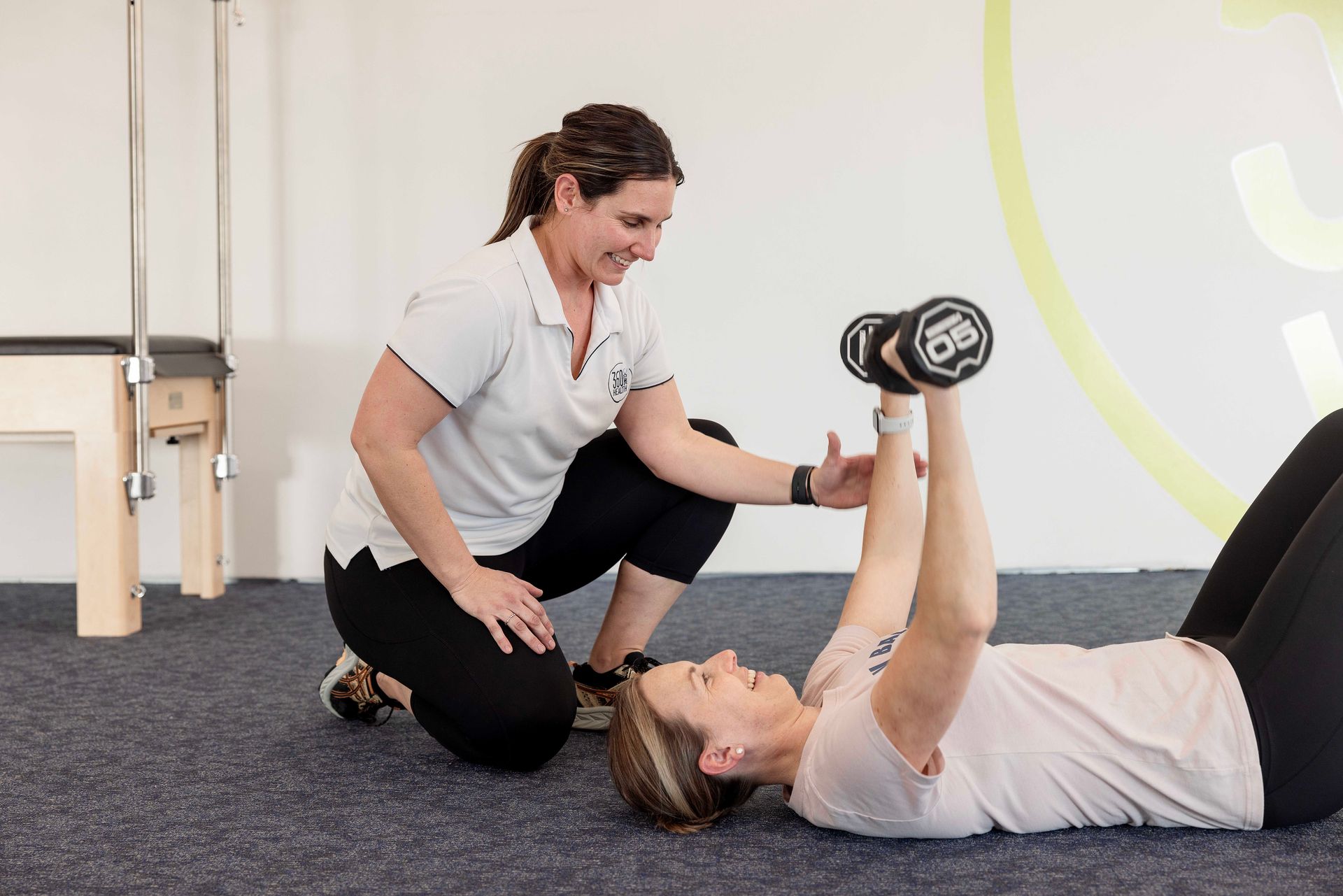What is the difference between Type 1 and Type 2 Diabetes & tips for exercising with T1DM
One Australian is diagnosed with diabetes every 5 minutes.

Diabetes Mellitus occurs due to defects in insulin secretion or an inability to use insulin and results in an elevated fasting blood glucose level. There are three main types including gestational diabetes, type I diabetes and type 2 diabetes.
Gestational diabetes occurs during pregnancy and is characterised by high blood glucose levels. It usually disappears after pregnancy but can be associated with problems to both the child and mother if left untreated.
Type 1 diabetes (T1DM) is an autoimmune condition where the pancreas produces little or no insulin due to the cells being destroyed by the body’s immune system. Without this insulin, the body is unable to utilise glucose and turn it into energy. When there is too much glucose in the blood stream this can damage organs such as the heart, eyes and kidneys.
Unfortunately, there is no current research to suggest Type 1 Diabetes can be prevented, but exercise is a vital part of T1DM management. Apart from the usual health benefits associated with regular exercise, it aids in controlling blood glucose levels and reduces the risk of long-term complications and chronic health conditions, such as CVD. For those with T1DM regular exercise will increase insulin sensitivity, resulting in a lower dose of insulin required to break down carbohydrates.
There are a few important considerations when exercising with Type I diabetes. Always seek advice from a health professional prior to commencing exercise if you have recently been diagnosed. Our top tips to think about include:
- Timing of exercise: it is not recommended to exercise during peak insulin action, so exercising in the early morning may work best for you. Always consider when you take medication and when your last meal was.
- Exercising before bed is not recommended as there is a high risk of delayed post exercise hypoglycaemia.
- Think about establishing a routine where you are exercising at a similar time each week to reduce the risk of nocturnal hypoglycaemia.
- Always check blood glucose levels before, during and after exercise
- To prevent any foot ulcers always wear well-fitting supportive socks and shoes
Type II Diabetes (T2DM) is the most common type of diabetes (affecting 85% of all people with diabetes) and affects older adults, but more young people are developing T2DM. It typically results from a combination of environmental and genetic components but the risk is significantly linked with lifestyle factors such as obesity, inactivity, poor diet and high blood pressure. In T2DM, the pancreas does produce insulin but the cells in the body are not reacting effectively to the insulin and in essence are not successfully turning the blood glucose into energy, resulting in accumulation of glucose in the blood.
The good news? Regular physical activity is a great management tool to manage T2DM and will assist in preventing diabetes related health complications. There is evidence that a combination of cardiovascular and resistance training exercise improves blood glucose control more than one single modality alone.
CONTACT
USEFUL LINKS
STAY INFORMED
You need a helping hand with your project?
We will get back to you as soon as possible
Please try again later
All Rights Reserved | 360 Healh Clinic







